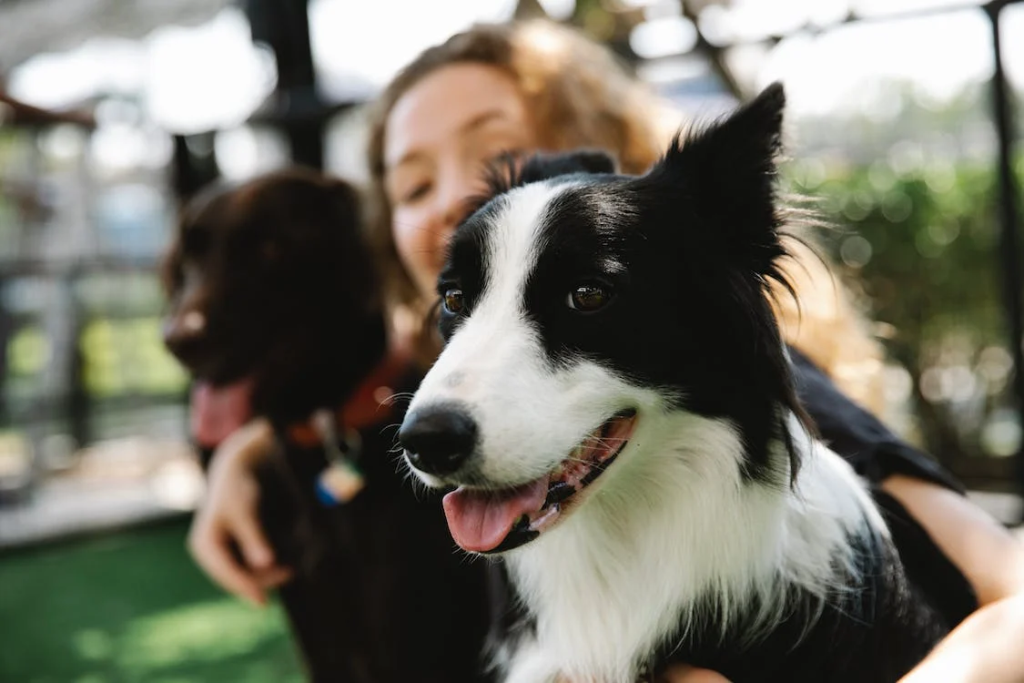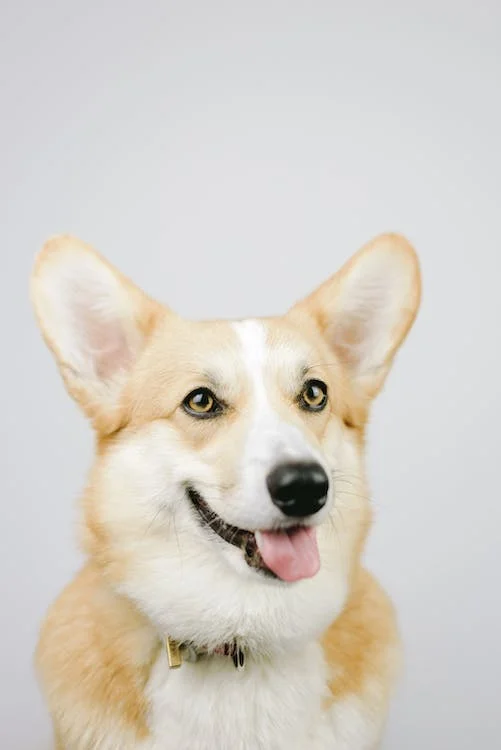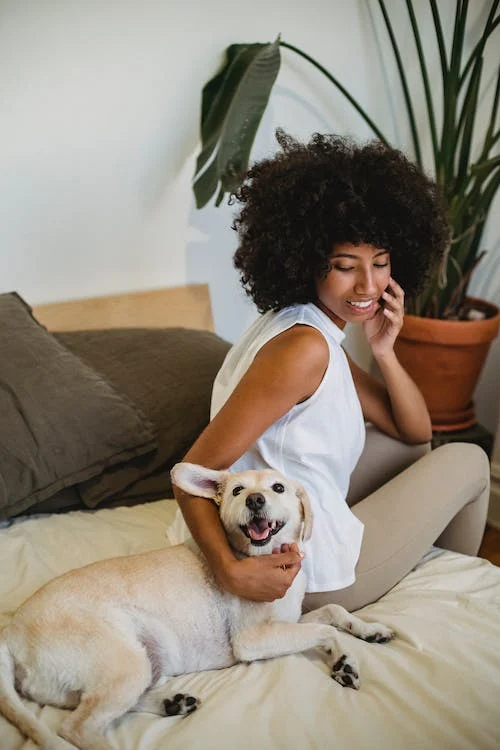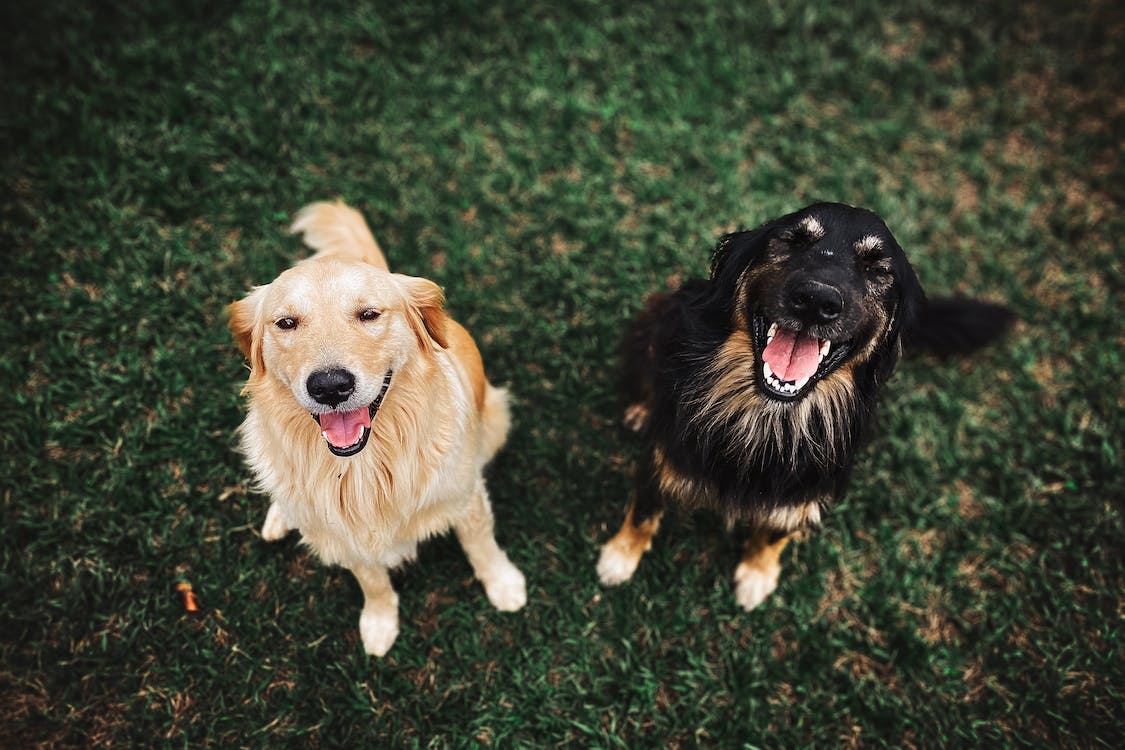One glance at your dog’s grinning face mid-belly rub or right as you walk through the door makes it seem clear: do dogs smile just like humans?
As it turns out, genuinely smiling as an intentional expression of happiness in the way people grin requires specific facial musculature only humans possess. However, dogs absolutely convey joy and affection through their own trademark mouth contortions and body language.
Let’s decipher whether dogs truly smile and how they communicate positive emotions without flexing those elusive facial muscles.
Why Don’t Dogs Smile Like Humans?
To determine if dogs smile, we must first understand what constitutes a deliberate human smile.
Anatomical Requirements for Smiling
- Zygomaticus major muscles connecting mouth to cheekbones
- Orbicularis oculi muscles encircling the eyes
When humans smile joyfully, these muscles pull the lips upward and crinkle outer eye tissue.
Dogs completely lack the zygomaticus major muscles that tug mouth corners up. And their orbicularis oculi muscles differ significantly. So while puppy faces melt our hearts, they simply lack the anatomy required to smile like people.

How Do Dogs Show Happiness?
While dogs don’t smile, they absolutely express elation and affection through facial signals and body language pet parents learn to interpret.
Joyful Dog Behaviors
- Relaxed open mouth grin
- Squinty “smiling” eyes
- Wagging tail
- Perked up ears
- Panting
- Play bows
- Leaning/cuddling
So while dogs miss certain smile-enabling muscles, they’ve perfected their own grin language communicating, “I’m happy to see you!”

Why Does My Dog Smile With Teeth?
That iconic dog grin bearing upper teeth seems like an obvious smile. In reality, a flaunting toothy grin represents classic submissive behavior communicating appeasement or deference.
Exposing teeth and jowls demonstrates a pup poses no threat. It often surfaces during:
- Greeting humans or other dogs
- Squirmy belly rub sessions
- Scolding or discipline
- Playtime with canine pals
- When anxious or uncertain
So while adorable, toothy grins showcase doggy manners rather than human-like joy.

Do Some Dogs Smile More Than Others?
Certain breeds and temperaments tend to flash toothy, tongue-out grins more frequently. Dogs bred to be expressive and people-focused often showcase extra animated mannerisms.
Big Smilers
- Golden retrievers
- Labrador retrievers
- Pit bulls
- Boxers
- Poodles
- Cavalier King Charles spaniels
Breeds with shorter muzzles also display broader grins simply due to structural facial differences.
Why Do Dogs Smile With Their Tongues Out?
Ever notice your pup stick their tongue out when you scratch just the right spot? That goofy tongue-out grin serves to amplify a relaxed, joyful state of mind.
When completely at ease, dogs struggle physically contorting mouth muscles in that fashion. Tongue-out smiles surface during:
- Belly rub sessions
- Butt scratches
- Ear massages
- Grooming or petting
- While resting or sleeping
Research suggests when dogs flash tongue-out smiles, they experience pleasant emotions much like humans. That goofy grin signals complete canine contentment!

Do Dogs Smile When They’re Happy?
While dogs lack the muscles enabling human-style smiling, they absolutely convey happiness and positivity through:
- Relaxed, mouth-open grins
- Squinty, softened eye expressions
- Perked ears
- Wagging, loose tail
- Leaning into owners
So while your pooch’s grin differs anatomically from toothy human smiles, make no mistake – that sweet smiley face communicates deep joy every time!

Dog Smiling Q&A
Still wondering about your dog’s range of smiley expressions? See below for quick answers to common questions:
Should I smile back at a grinning dog?
Yes, mimicking your dog’s relaxed, open-mouth grin helps reinforce positive emotions. Just avoid full-toothed human smiles, which dogs may read as aggression.
Does my dog smile when I pet them?
Dogs absolutely display joy through mouth grinning and squinty eyes when petted. Tail wags and body leaning further signal they adore the affection.
Do some dogs smile more than others?
Yes, highly social and people-focused breeds like labs and goldens smile more frequently. Short-muzzled dogs also structurally display broader grins.
While dogs don’t share the exact same smiling anatomy, they clearly communicate happiness through their signature grin language. So the next time your pup greets you with that special smile, smile right back!



